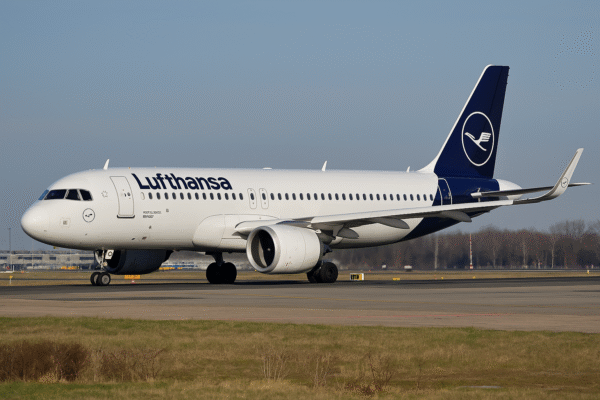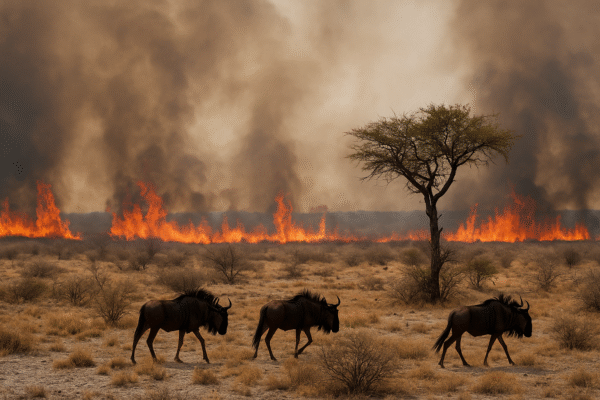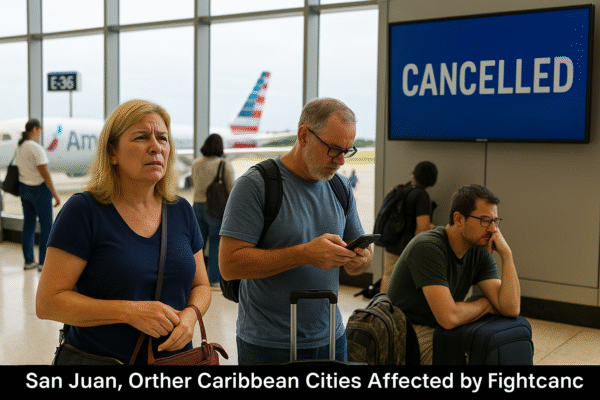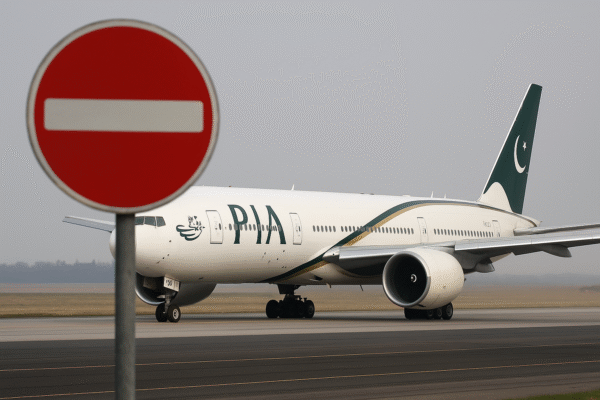In a move with significant implications for aviation and tourism, Pakistan has extended its ban on Indian aircraft using its airspace until October 24, 2025. The restriction, first imposed in April 2025, was renewed on August 22, 2025, amid continued political and military tensions between the two nuclear-armed neighbors.
The ban originated in the aftermath of a violent escalation between India and Pakistan, following an attack in the disputed Kashmir region. In May 2025, the conflict intensified into a short but deadly four-day war, resulting in at least 70 casualties. India conducted strikes on Pakistani territory, while Pakistan strongly denied involvement in the Kashmir attack, demanding an international investigation.
What began as a political standoff has now transformed into a challenge for international aviation, disrupting both civilian travel and tourism in South Asia.
Impact on Civilian Flights and Airlines
The extension of the airspace ban has forced airlines to reroute flights, adding extra hours to journeys between South Asia and other regions, especially Europe, North America, and Australia. Pakistan’s airspace is strategically located, and avoiding it has caused higher fuel consumption, delays, and increased ticket prices.
Flights connecting India to Middle Eastern hubs such as Doha, Dubai, and Istanbul have been particularly affected. Travelers who previously enjoyed shorter routes now face longer, costlier journeys. Aviation experts warn that prolonged restrictions could strain airline operations, reduce competitiveness, and discourage tourism across the region.
Tourism Industry Challenges
Tourism in South Asia, already affected by political instability, has taken another blow with the extension of the ban. Cross-border tourism between India and Pakistan—which once included religious pilgrimages, cultural exchanges, and trade-related travel—remains at a standstill.
International travelers, especially from Europe and North America, who often combine visits to India, Pakistan, Nepal, and Sri Lanka in a single trip, now face logistical hurdles. Longer detours not only increase costs but also discourage visitors who may instead opt for alternative destinations in Southeast Asia, the Middle East, or Central Asia.
For Pakistan, tourism plays a vital role in showcasing its heritage, from the Karakoram mountains and Hunza Valley to cultural landmarks like Lahore Fort and Mohenjo-daro. Likewise, India’s tourism sector, which attracts millions annually to destinations such as the Taj Mahal, Jaipur, and Kerala, is losing transit passengers and multi-destination travelers due to rerouted air traffic.
Regional and Global Consequences
The effects of the airspace ban extend well beyond South Asia. Major international airlines have been compelled to restructure flight plans that typically crossed Pakistan’s airspace. Routes from London to Singapore, or Frankfurt to Bangkok, for instance, now take longer, leading to rising operational expenses.
This disruption contributes to higher airfare globally, and tourism operators note that long-haul travelers are increasingly sensitive to costs and convenience. In a competitive global tourism market, countries affected by airspace restrictions risk losing valuable revenue.
Additionally, the suspension impacts religious tourism. Every year, thousands of Sikh pilgrims from India travel to Pakistan’s Kartarpur Corridor to visit sacred sites. With the ban in place, such journeys face uncertainty, limiting cultural and religious exchange that has historically served as a bridge between communities.
Political Motivations Behind the Ban
Pakistan’s decision to maintain the ban underscores the continuing political rift with India. The restriction is not merely a logistical measure but a signal of ongoing mistrust. Both nations remain cautious in their diplomatic interactions, and aviation has become an extension of their rivalry.
For travelers and tourism businesses, this geopolitical standoff means unpredictability. Tourists planning trips months in advance—especially from Western markets—may avoid South Asia altogether, fearing last-minute disruptions.
Prospects for Resolution
A pressing question remains: will the airspace reopen after October 24, 2025, or will the restriction be prolonged further? Analysts suggest that much depends on the progress of peace talks and confidence-building measures between India and Pakistan.
Industry experts emphasize that restoring normal air travel is essential for reviving South Asia’s tourism economy. Collaborative initiatives, possibly involving international mediation, could pave the way for stability. Until then, tourism operators, airlines, and travelers must adapt to uncertainty.
The Bigger Picture: Tourism in Times of Conflict
The extended ban serves as a reminder of how political disputes directly affect tourism and global travel. While South Asia holds immense potential as a tourist destination—offering diverse cultural heritage, natural landscapes, and historical wonders—conflicts undermine that potential.
For now, both India and Pakistan face the challenge of balancing national security concerns with economic opportunities from tourism. A resolution that restores aviation connectivity would not only benefit the two countries but also strengthen South Asia’s position in the global tourism market.
Conclusion
The extension of Pakistan’s airspace ban on Indian aircraft until October 2025 is more than a political decision—it is a development with far-reaching effects on aviation, tourism, and global travel. Travelers face higher costs and longer routes, while both nations risk losing valuable tourism revenue.
As the international community watches closely, the hope is that renewed dialogue can ease tensions, restore normal flight operations, and allow South Asia’s tourism sector to recover. Until then, uncertainty remains the defining factor for travelers and operators navigating the region.
For more travel news like this, keep reading Global Travel Wire


















